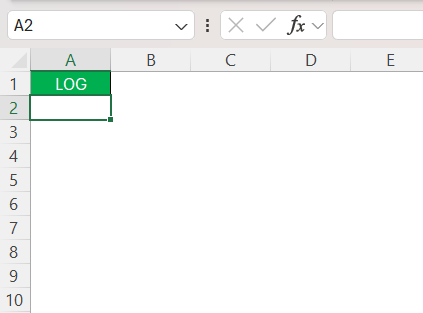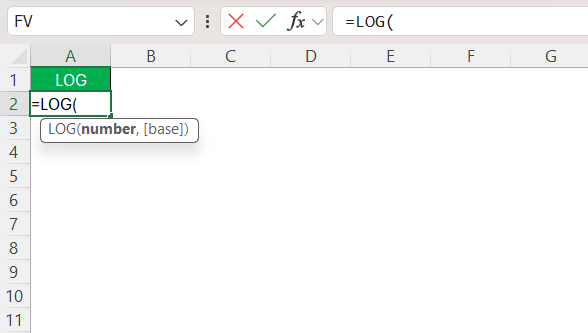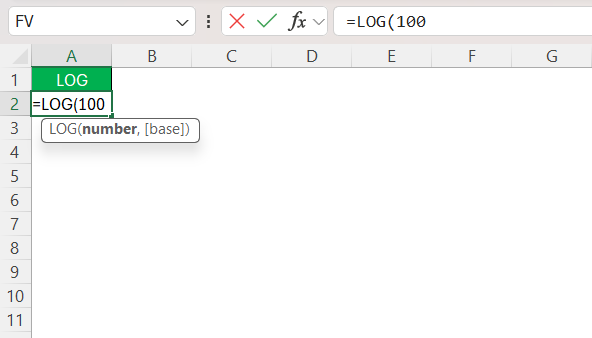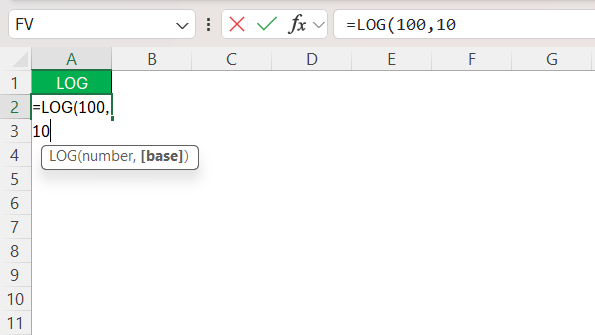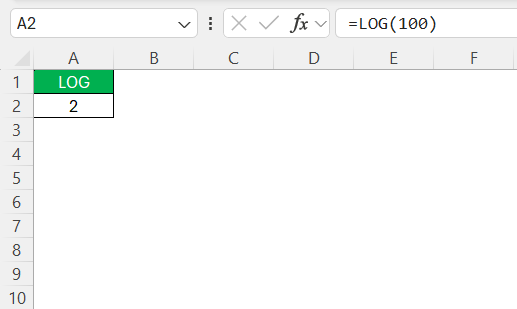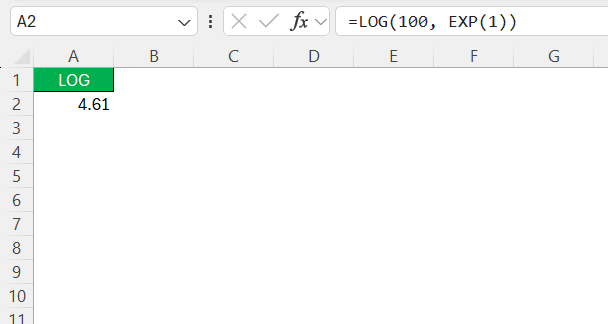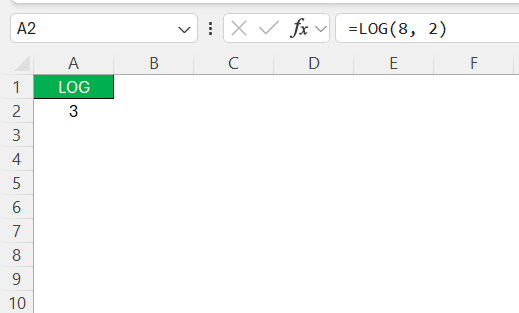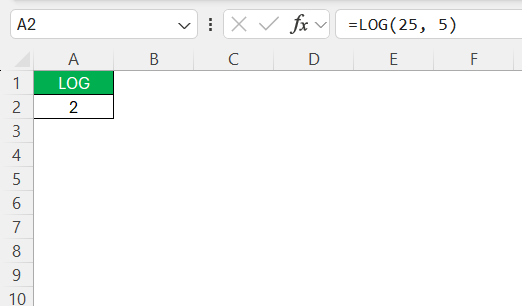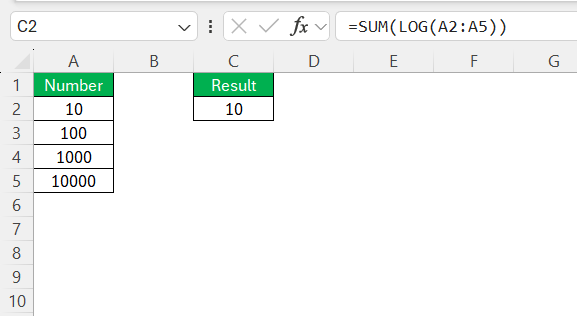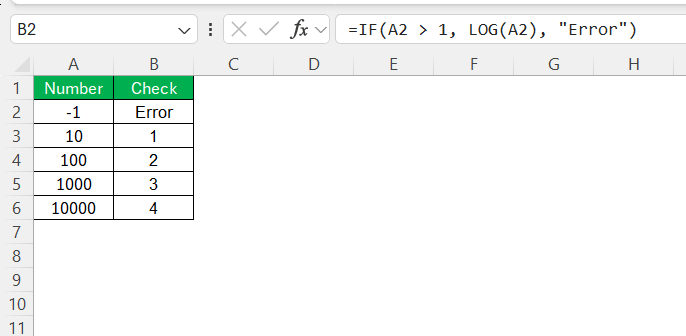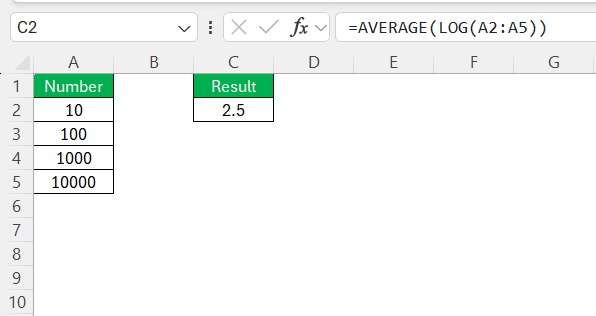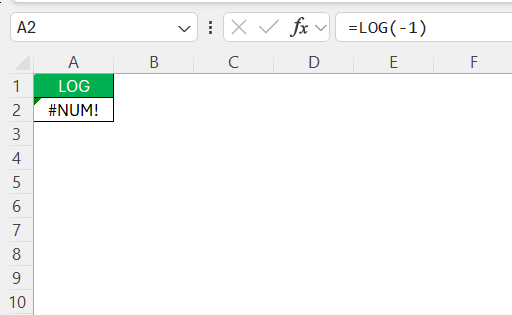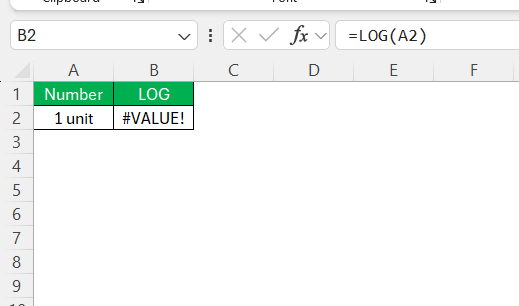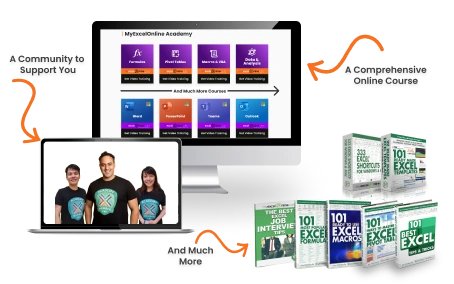Excel is a potent tool for data analysis, offering a wealth of functions to manipulate and make sense of data. Among these, the LOG function often stands out, especially for users dealing with exponential growth, financial modeling, or statistical analysis. This quick guide will equip you with the know-how to effectively leverage the LOG function, enhancing your data analysis skills.
Key Takeaways:
- The LOG function in Excel calculates the logarithm of a number to a specified base, making it useful for various analytical tasks.
- It simplifies complex calculations, aids in trend analysis, and is widely used in finance, statistics, and scientific computations.
- You can use different bases like 10, e, or 2 to suit specific analytical needs, with base 10 being the default.
- Combining the LOG function with other Excel functions like SUM, VLOOKUP, and IF enhances data analysis capabilities.
- Common mistakes include using negative numbers, missing base specifications, and incorrect formula syntax, which can lead to errors.
Table of Contents
Understanding the LOG Function
What is the LOG Function in Excel?
The LOG function in Excel is a built-in mathematical tool that calculates the logarithm of a given number to a specified base. This function is integral for operations requiring logarithmic transformations, such as calculating rates of exponential growth or decay. As a versatile feature, the LOG function can be utilized in numerous contexts, from business analytics to scientific computations.
Categorized under the Math/Trig Functions, it provides users with the capability to perform complex mathematical operations with simplicity and precision.
Key Benefits and Applications
The LOG function offers several benefits that make it a versatile choice in Excel:
- Simplifying Complex Calculations: By transforming multiplicative relationships into additive ones, the LOG function simplifies complex calculations, making them more manageable.
- Analyzing Growth: It’s particularly useful in examining exponential growth or decay patterns, often seen in population studies or financial forecasts.
- Statistical Modeling: LOG is key in regression analysis and other statistical models that require normalization of data.
- Creating Scales: The function aids in constructing logarithmic scales for better visual representation of data, particularly when dealing with large ranges.
- Enhancing Comparisons: LOG helps in normalizing data sets, which makes comparisons between different data sets more straightforward and insightful.
The widespread application of the LOG function makes it an essential tool for analysts, scientists, and financial experts who require precision and clarity in their computations.
How to Use the LOG Function in Excel
Step-by-Step Guide with Examples
Using the LOG function in Excel is straightforward. Here’s a step-by-step guide:
STEP 1: Click on the cell where you want the result of the LOG function to appear.
STEP 2: Type =LOG( to begin the function entry.
STEP 3: Enter the number you wish to find the logarithm for. For instance, if you want the logarithm of 100, you would type 100.
STEP 4: Type a comma followed by the base you want to use. If you’re using base 10, type 10. So it would look like =LOG(100, 10.
STEP 5: Close the parenthesis and press enter. The result will be displayed in the selected cell.
Using LOG for Different Bases
The LOG function’s flexibility shines when you apply different bases to suit your analytical needs. Here’s how you can use this feature effectively:
- Base 10 (Common Logarithm): This is the default setting when no base is provided. It’s widely used in scientific and engineering tasks. For example,
=LOG(100)calculates the common logarithm of 100.
- Base e (Natural Logarithm): Although the natural logarithm is often calculated using the LN function, you can also specify base e in the LOG function. Use
=LOG(100, EXP(1))to achieve this.
- Base 2 (Binary Logarithm): Predominantly used in computer science, the base 2 logarithm is essential for understanding data processes and digital storage. An example would be
=LOG(8, 2).
- Custom Bases: You can specify any positive real number as the base to meet your unique requirements, such as using base 5 with
=LOG(25, 5).
By specifying different bases, the LOG function enables a broad range of analyses, accommodating various quantitative assessments across disciplines.
Practical Applications of the LOG Function
Analyzing Exponential Growth and Decay
The LOG function is instrumental in analyzing exponential growth and decay, transforming complex exponential models into linear ones for easier interpretation. This process is crucial in fields such as finance, biology, and physics, where understanding growth rates is essential.
- Population Growth Studies: By applying the LOG function, you can analyze the phases of population growth in living organisms, transforming nonlinear growth data into a more comprehensible linear format.
- Financial Analysis: In finance, the function simplifies the examination of investment growth over time. Calculating compound interest becomes more intuitive when logarithms convert exponential relationships to linear trends.
- Radioactive Decay: Scientists often use logarithms to interpret the decay rates of radioactive elements, allowing for accurate prediction of remaining quantities over time.
By applying the LOG function in these scenarios, you can dissect complex data sets, revealing patterns and trends that inform better decision-making and forecasting.
Trend Analysis in Data Sets
Trend analysis in data sets is significantly enhanced by employing the LOG function, allowing analysts to discern patterns that might otherwise remain obscured in raw data. This is particularly beneficial when dealing with data that exhibits exponential growth or broad value ranges.
- Sales Data Analysis: The LOG function can transform sales data showing exponential increases, enabling businesses to assess underlying sales trends and forecast future performance more accurately.
- Stock Market Trends: By applying logarithmic transformations to historical stock prices, analysts can better understand percentage changes over time, revealing underlying growth trends that might influence investment decisions.
- Weather Data Interpretation: Researchers can analyze meteorological data, such as temperature changes over decades, by using logarithms to compare and predict longer-term climatic trends.
Using the LOG function helps streamline the process of identifying growth patterns in diverse data sets, providing clear visualizations and understandable metrics that enhance strategic planning and forecasting.
Advanced Tips and Best Practices
Combining LOG with Other Functions for Enhanced Analysis
Combining the LOG function with other Excel functions can amplify your data analysis capabilities, leading to more nuanced insights and efficient computations. Here are some powerful combinations:
- LOG with SUM: When analyzing the cumulative effect of exponential growth across multiple data points, you can use the LOG function alongside SUM. For instance,
=SUM(LOG(A1:A10, 10))calculates the total logarithmic value over a range, offering a condensed view of data magnitudes.
- LOG with VLOOKUP: Pairing LOG with VLOOKUP can help retrieve and transform specific data points from large datasets. This combination is useful in finding and immediately analyzing the logarithmic value of a particular entry.
- LOG with IF: By incorporating IF statements, you can conditionally analyze data. For example,
=IF(A2 > 1, LOG(A2), "Error")allows you to calculate the logarithm only when certain conditions are met, enhancing targeted data assessment.
- LOG with AVERAGE: Combine LOG with the AVERAGE function to understand the mean logarithmic value of a dataset, helpful in areas such as income distribution analysis.
These combinations not only increase the analytical depth but also improve the precision and clarity of your data insights. By pairing LOG with other Excel functions, you create a robust analytical framework that can handle a variety of complex data scenarios.
Avoiding Common Mistakes with LOG Inputs
When using the LOG function in Excel, certain pitfalls can disrupt your analysis, but they are easily avoidable with careful attention:
- Positive Numbers Only: The LOG function requires positive inputs. Attempting to calculate the log of zero or a negative number will result in a #NUM! error. Always verify your data to ensure that inputs are positive.
- Base Specification: If using a base other than 10, it’s crucial to specify it in the formula. Excel defaults to base 10 if no base is provided. For instance, use
=LOG(16, 2)for base 2. - Error Checking: Watch for errors like #VALUE! which indicate non-numeric inputs. Ensure that cells referenced in your formula contain numbers, not text.
- Parentheses Placement: Correct syntax and placement of parentheses are vital. An imbalance or misplacement can cause errors or unintended results.
- Data Validation: Regularly validate your data inputs and outputs to ensure accuracy, especially when linking multiple formulas that leverage the LOG function.
By adhering to these practices, you can efficiently utilize the LOG function and mitigate common errors, leading to more reliable and insightful data analyses.
FAQs
How to use log formula in Excel?
Use the LOG formula in Excel by typing =LOG(number, [base]) into the desired cell. Replace “number” with the value you wish to find the logarithm for, and “base” with your chosen logarithmic base. If you omit the base, it defaults to 10. For instance, =LOG(100) calculates a base-10 logarithm of 100, yielding a result of 2.
What is the difference between LOG and LN functions in Excel?
The LOG function in Excel allows you to compute logarithms with any specified base, defaulting to base 10 if no base is provided. It is versatile for various logarithmic calculations. In contrast, the LN function is specifically for calculating natural logarithms using the base e (approximately 2.718), ideal for scenarios involving continuous growth or decay.
How do I choose the correct base for the LOG function?
Choose the correct base for the LOG function based on the context of your data analysis. Use base 10 for scientific or general applications, base e (natural logarithms) for continuous growth scenarios, and base 2 for binary-related calculations in computer science. Select a custom base when specific mathematical models or industry practices dictate it.
What is the difference between log and log10 in Excel?
In Excel, the LOG function computes the logarithm of a number to any specified base, providing flexibility for different analysis needs. By default, if no base is provided, it uses base 10. The LOG10 function, on the other hand, is specifically designed for calculating base-10 logarithms, simplifying syntax when you know this is your required base.
How can I troubleshoot #num! errors with the log function?
To troubleshoot #NUM! errors with the LOG function, ensure the numeric input is positive, as logarithms for zero or negative numbers are undefined. Double-check that your base is greater than zero and not equal to one, as invalid bases can generate errors. Correcting these input issues should resolve the #NUM! error in your calculations.
John Michaloudis is a former accountant and finance analyst at General Electric, a Microsoft MVP since 2020, an Amazon #1 bestselling author of 4 Microsoft Excel books and teacher of Microsoft Excel & Office over at his flagship MyExcelOnline Academy Online Course.

